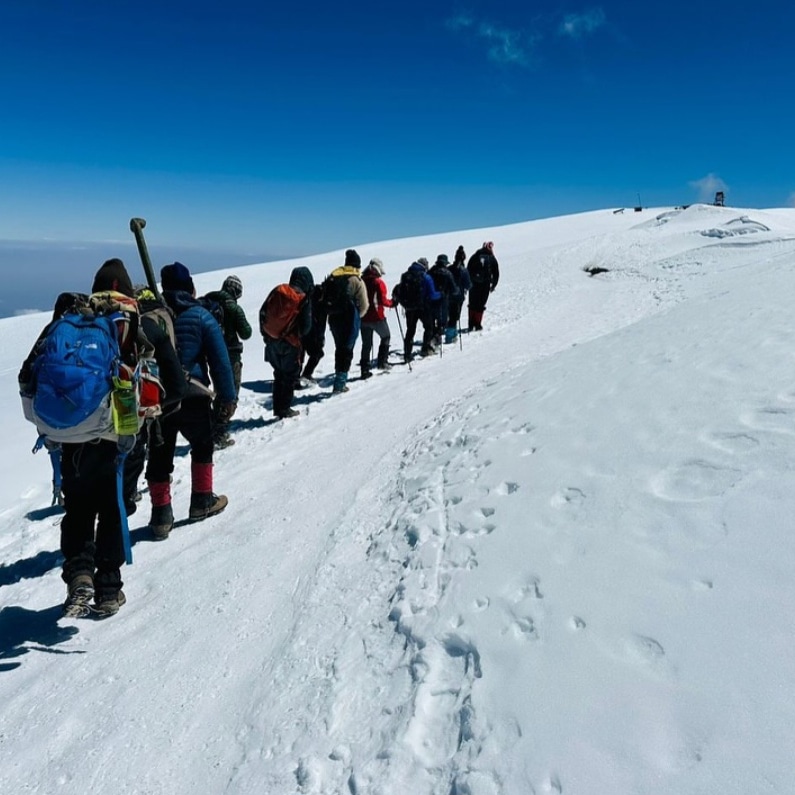General Price Range
The general price for a 6-day Marangu Route climb with standard inclusions can vary significantly based on several factors:
- Group Size: Prices are typically lower per person for larger groups (e.g., 6-10 climbers) compared to private or smaller groups (e.g., 1-4 climbers).
- Tour Operator: Reputable operators with well-paid, experienced staff, quality equipment, and robust safety protocols generally charge more.
- Season: Peak seasons (e.g., dry months like June-October, late December-early March) may see higher demand and prices.
- Specific Inclusions: Any additional luxury services, specialized equipment, or extended pre/post-climb stays will affect the total cost.
As a general estimate, you can anticipate the price for a 6-day Marangu Route climb to range approximately between USD 1,600 and USD 2,500 per person for a standard group climb. Private climbs or packages with premium services could exceed this range.
It is highly recommended that you:
- Obtain detailed, itemized quotes from multiple reputable tour operators.
- Read reviews and verify the operator’s safety record and ethical treatment of their porters and staff.
- Clarify all inclusions and exclusions before confirming your booking to avoid any unforeseen expenses.
Overview
This itinerary is designed to provide you with a detailed overview of the Marangu Route, ensuring you are well-prepared for each stage of your ascent and descent. The route is unique for offering dormitory-style hut accommodation throughout the climb, eliminating the need for tents.
Accommodation Details
- Pre and Post-Climb Accommodation: You will typically be accommodated in a comfortable, mid-range hotel or lodge in Moshi or Arusha. These establishments offer amenities such as private bathrooms, hot water, comfortable beds, and often swimming pools, providing a relaxing environment before and after your strenuous climb. One night before and one night after the climb are generally included.
- On-Mountain Accommodation (Huts): The Marangu Route is unique for its use of permanent, sturdy mountain huts. These huts provide basic, dormitory-style sleeping arrangements, usually with bunk beds and mattresses. You will typically be sharing rooms with other climbers. The huts offer communal dining areas and simple, shared toilet facilities (often pit latrines) that are regularly cleaned. While basic, the huts offer shelter from the elements, a sense of community, and a solid roof over your head, which can be a comfort compared to camping. You will need your own sleeping bag and pillow.








